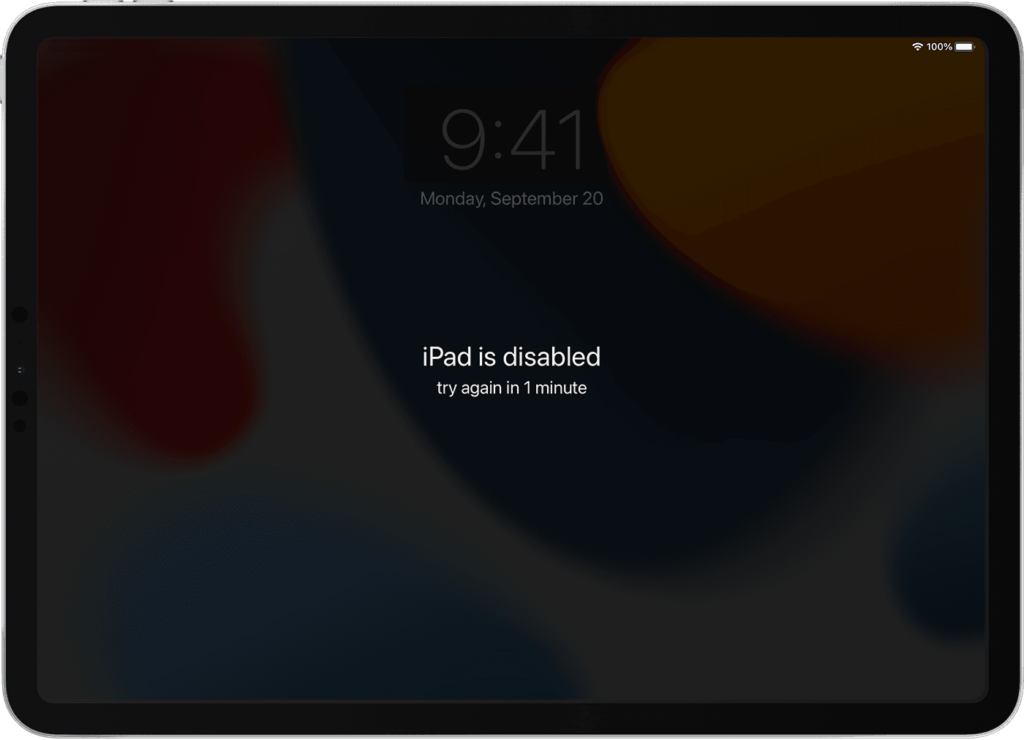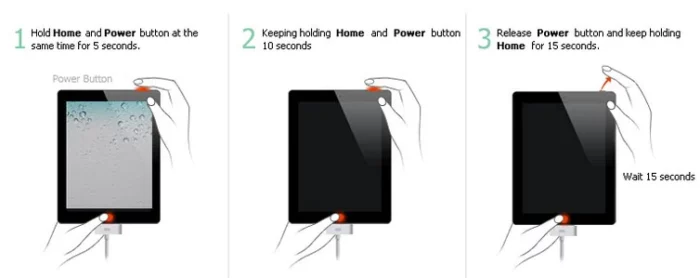Key Insights
- The “iPad is Disabled Connect to iTunes” issue is often caused by entering the incorrect passcode multiple times.
- There are several effective strategies to resolve this, such as using iTunes, iCloud, or third-party software.
- Each strategy provides a different approach, so it’s crucial to understand the step-by-step process to execute them correctly.
- To prevent such issues in the future, set a passcode that you can remember easily and make regular backups of your iPad.
- If the problem persists despite trying all solutions, reaching out to Apple Support may be necessary.
What’s the Optimal Outcome Without the “iPad is Disabled Connect to iTunes” Problem?
Without this issue, your iPad should function as usual – allowing you to access all your apps, data, and settings without the need to connect to iTunes or any other recovery method. Your device should be secure yet accessible, with the passcode serving its purpose of protecting your data, not blocking you from using your iPad.
What’s the Ideal Scenario Without the “iPad is Disabled Connect to iTunes” Issue?
In the ideal scenario, you can enter your passcode correctly, and your iPad unlocks without any problems. You can freely access all your data, apps, and settings without any restrictions. You won’t encounter any error messages or the need to connect to iTunes or use recovery methods.
Initial Diagnosis: Have You Tested These Measures?
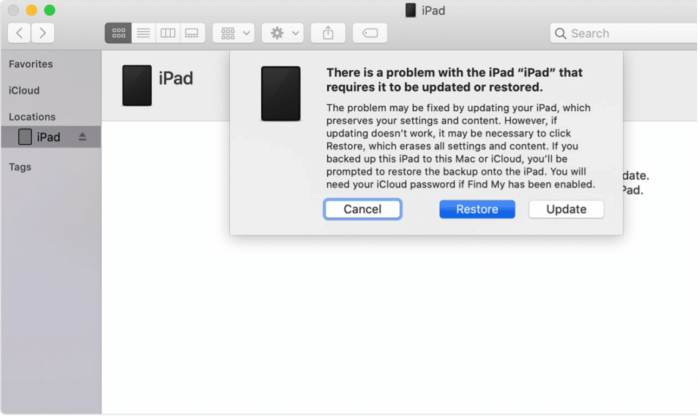
Before proceeding with the detailed solutions, ensure you’ve tried the following:
- Restart your iPad: Press and hold the power button until the slider appears, then drag it to turn the device off. Turn it back on and try entering your passcode.
- Try to remember or locate your passcode: It might seem obvious, but it’s easy to forget that the issue might be caused by a simple memory lapse.
- Check your connection: Ensure your iPad is properly connected to your computer and the lightning cable is functioning correctly.
- Update iTunes: If you’re using an older version of iTunes, it might not be compatible with your iPad’s current iOS version. Make sure your iTunes is updated to the latest version.
- Try a different computer: If possible, try to connect your iPad to a different computer. This can help determine if the problem is with your iPad or the computer.
The Significance of Rectifying “iPad is Disabled Connect to iTunes”
Resolving the “iPad is Disabled Connect to iTunes” issue is crucial to regain access to your device and its data. If left unresolved, you cannot use your iPad, access your files, or install new apps. Moreover, it could potentially lead to permanent data loss if you haven’t backed up your device recently.
The Significance of Rectifying “iPad is Disabled Connect to iTunes”
Addressing this issue promptly is essential for several reasons:
- Accessibility: An iPad that’s disabled is essentially useless. You can’t access your apps, files, or any of the iPad’s features until the issue is resolved.
- Data Security: If your iPad is disabled due to multiple incorrect passcode attempts, it indicates that someone tried and failed to access your device. Resolving the issue helps ensure the security of your personal data.
- Functionality: The error might not be isolated and could be a symptom of a broader software issue. It’s important to resolve it to prevent potential additional problems.
Interactive Guide: 5 Functional Strategies to Address “iPad is Disabled Connect to iTunes”:
Here are some detailed strategies to help you navigate this issue:
SOLUTION 1: Using iTunes to Restore your iPad
iTunes is a handy tool for solving the “iPad is Disabled Connect to iTunes” problem. Here’s how you can use it:
- Connect your iPad to your computer using a lightning cable.
- Open iTunes on your computer.
- Select your iPad when it appears in iTunes.
- Choose the “Restore iPad…” option.
- Confirm your decision and wait for the process to complete.
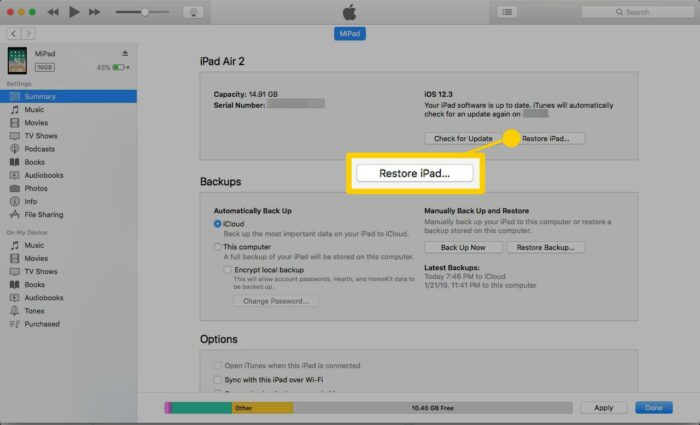
SOLUTION 2: Using iCloud’s Find My iPhone
This solution works if you previously set up Find My iPhone on your iPad:
- Go to iCloud.com on your computer and sign in with your Apple ID.
- Click on “Find iPhone.”
- Click on “All Devices” and select your iPad.
- Click on “Erase iPad” to remove your passcode and all data. Once this is done, you can restore your data from a backup.
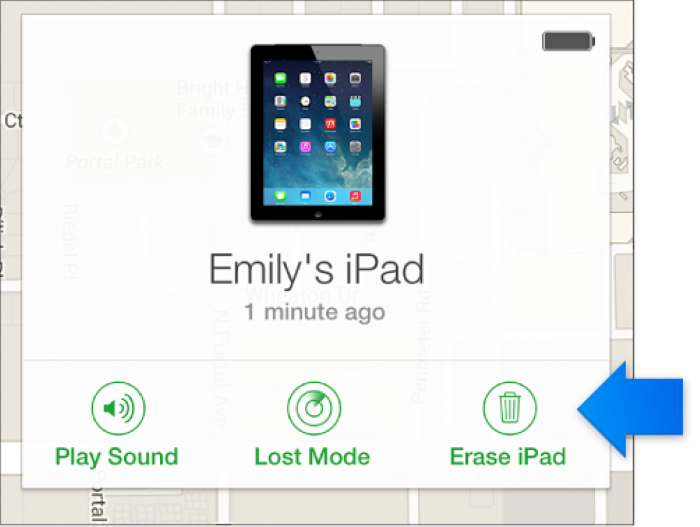
SOLUTION 3: Putting Your iPad in Recovery Mode
If iTunes can’t recognize your iPad, you might need to put your device in recovery mode:
- Connect your iPad to your computer and open iTunes.
- While your iPad is connected, perform a force restart.
- When you see the recovery mode screen on your iPad, select “Restore” in iTunes.
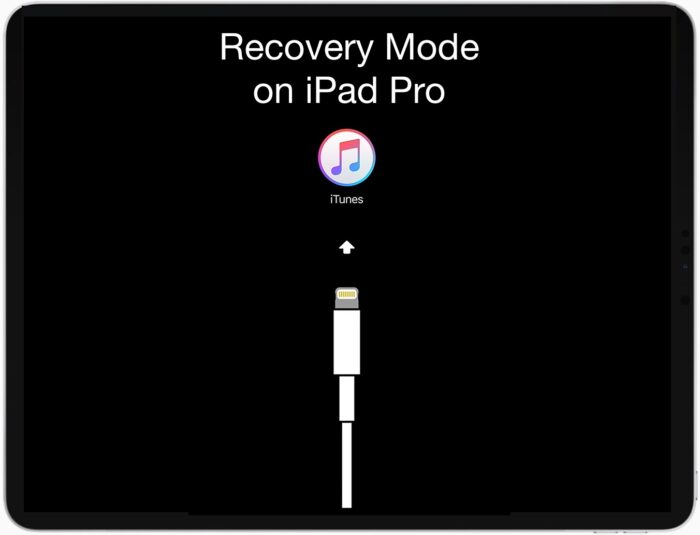
SOLUTION 4: Using DFU Mode (Device Firmware Update)
If the above solutions don’t work, you can put your iPad in DFU mode. This is the most in-depth form of iPad restoration:
- Connect your iPad to your computer and open iTunes.
- Put your iPad into DFU mode. The steps vary depending on your iPad model, so make sure to look up the specific instructions for your device.
- Once your iPad is in DFU mode, iTunes will detect it. You can then restore your iPad using iTunes.
SOLUTION 5: Contacting Apple Support
If none of the above solutions works, your best option is to contact Apple Support. They can provide additional assistance and, if necessary, can service or replace your device. Remember to check your device’s warranty status before contacting support.
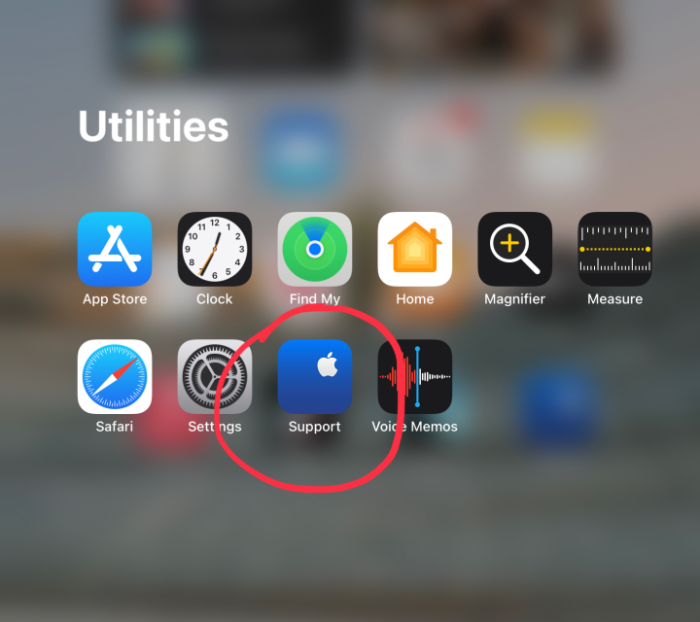
Conclusion
The “iPad is Disabled Connect to iTunes” error can be a significant hindrance, but there are several solutions to try. From basic measures to more technical strategies like Recovery Mode and DFU Mode, the methods in this guide should help you resolve the issue. If the problem persists, don’t hesitate to contact Apple Support. Remember, it’s always a good idea to regularly back up your iPad data to prevent loss in case of such issues.

